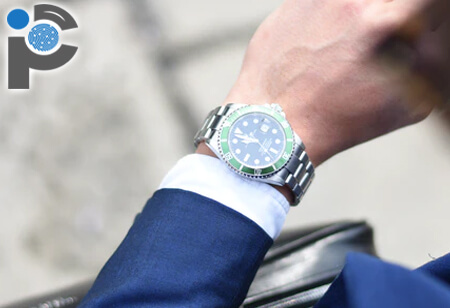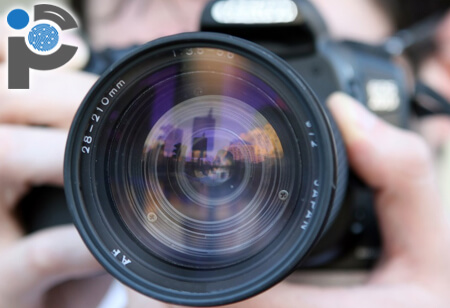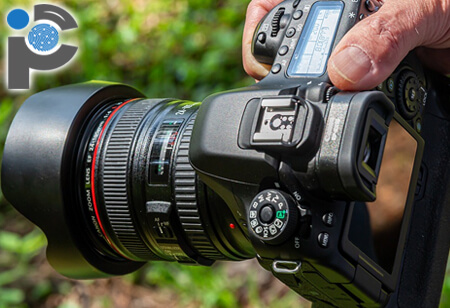How Long Do Private Investigators Follow People?
July 22, 2021 - Reading time: 8 minutes
Updated on: August 7, 2025
Investigators only follow people while under instruction from their clients, and it is ultimately our clients who decide the overall length of their investigations. Often our clients will instruct us until they have received the desired evidence or until the cost of their investigation has reached their budget.
Private investigators can follow subjects for several days, or even weeks in some cases. However, the average length of a surveillance case is typically around 1-6 weeks in total. We can follow subjects for as little as 1 day in some cases; other times we might be asked to work sporadically over several months.
In terms of how many hours per session we conduct surveillance, this is also a decision for our clients, though ourselves and most private investigators will generally work for a minimum of 1 full day (8+ hours). It is not uncommon for a session of surveillance to span up to 12 hours, depending on the circumstances and needs of our client. Surveillance sessions sometimes be extended into overtime at short notice if doing so might benefit the case.

Hiring an experienced private investigator to follow someone, and provide high quality surveillance is not a cheap endeavour in most countries around the world. In the UK for example, we usually recommend our clients to budget at least £1,000 for a reasonable surveillance case – many cases will also exceed this amount. It is not uncommon for private investigators to charge several thousand pounds, euros or dollars, depending on the nature and direction of the case.
The overall length of time that a private investigator follows someone will also depend on the level of evidence required by our client. Some clients will end an investigation once they have gathered incriminating photos/video, however, others will decide to prolong a surveillance case in order to gather sufficient evidence that certain behaviour is taking place over several days, weeks, or months.
How much surveillance time is needed to catch someone?
It is usually very difficult or impossible for us to predict the total amount of surveillance time which may be needed in each case. There are so many variables involved with conducting surveillance, most of which are outside of our control. The nature and goal of the case will also vary its length, as well as the level of evidence our client is aiming to gather.
During infidelity investigations, our clients will have a better knowledge than us about their partner’s potential movements and any critical moments when they are most likely to be caught committing acts of infidelity. These details can help us to target surveillance at specific times on specific dates.
With infidelity cases, the total amount of surveillance time required will depend on how often the subject is spending time with their lover and how often opportunities arise for us to photograph them.
Planning your surveillance case
Often, we find that if a person is cheating on their partner, they will tell many different lies in order to cover up their activities… They will claim to be at places they aren’t, and will lie about how much time they spend at different locations, in order to convince their partners that nothing is going on.

If your partner is having an affair then they are not likely to be fully honest about their activities and movements, for this reason we suggest taking their claims with a grain of salt when planning dates for us to conduct surveillance.
We regularly find that cheating partners are dishonest about the time that they finish work, for example. They might claim to be at the gym or with friends whilst they are in fact spending time with their secret lover. Placing your partner under surveillance at very specific times might not always be the best path to take.
Usually, if a subject is placed under surveillance for several days conductively, then we would expect to begin gathering photos/video which documents their activities.
For other surveillance cases such as injury claim investigations, cohabitation investigations, or investigating sick employees, predicting the total amount of surveillance time can prove even more difficult, as our clients might not have as much useful information for us.
In cases where information is sparse, we can use what we term as the ‘battleship method’ for surveillance. Similar to the Battleship board game, this strategy entails surveillance at random times on random days of the week until we start to build up a picture about the subject’s general movements.
Once we feel that we have sufficient knowledge about the subject’s routine and any locations they are likely to visit during surveillance, we can use this information to form a strategy for placing the subject under surveillance in the future.
Of course, our clients are also welcome to pay a retainer sufficient to cover many surveillance hours and simply let us work until we are able to gather evidence which they are happy with. Many of our clients do take this approach.
Static or mobile surveillance
During a surveillance case, the agents may use static or mobile surveillance, or a combination of the two. Static surveillance involves photographing a subject as they come and go from a specific property or location, whereas mobile surveillance would involve following them around.

Mobile surveillance can be conducted on foot, using public transport, or using vehicles such as cars or motorbikes, even bicycles can be used in some cases depending on the circumstances and location.
In order for us to discreetly follow a subject for a prolonged period as part of mobile surveillance, we will need as many resources and agents as possible.
Put it this way: If the same vehicle in the subject’s rear-view mirror for 50 miles, they will notice and become aware of that. Multiple agents with multiple vehicles would typically be required in order to follow a vehicle for any significant distance.
Our agents would sooner abort surveillance rather than risk making the subject aware that they are being followed.
In order for us to achieve the best results in your case, please provide as many details as possible relating to the subject and any locations they are likely to visit during surveillance. We will then assess your case and endeavour to use the best possible tactics.
Why do private investigators follow people?
There are many different circumstances where we might be instructed to place a subject under surveillance. Infidelity investigations, while high up on the list of top reasons, are far from being the only use for surveillance for modern private eyes.
Surveillance can also be used during business investigations or due diligence, for example. We can use surveillance to investigate claims of injury, sickness, or to gather evidence of cohabitation.
For a more detailed breakdown, please see our article Why do private investigators follow people?.
If you’re wondering why, hire a spy
Thank you for reading the PrivateInvestigators-UK blog. Feel free to browse our homepage to learn more about us, our services, and pricing.
You are reading the PrivateInvestigators-UK blog — home to the UK's leading detective agency. Learn more about us by visiting our homepage PrivateInvestigators-UK.com.